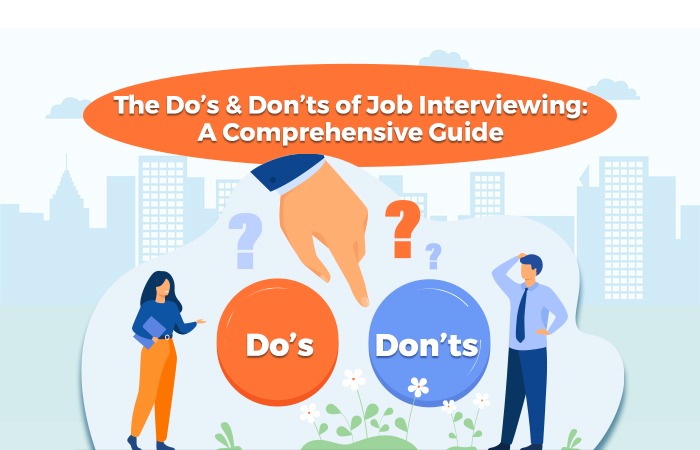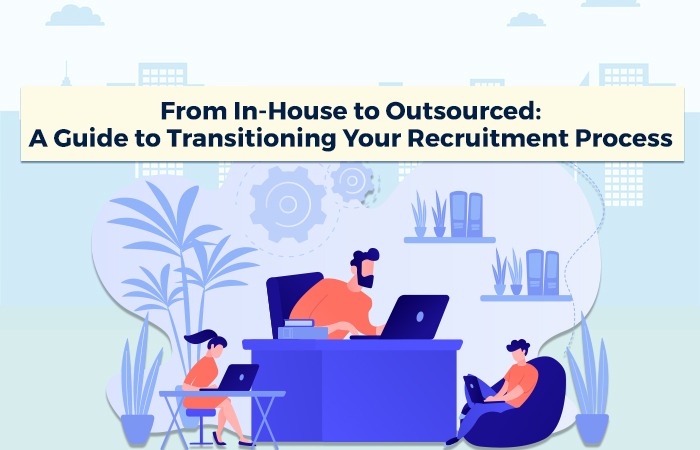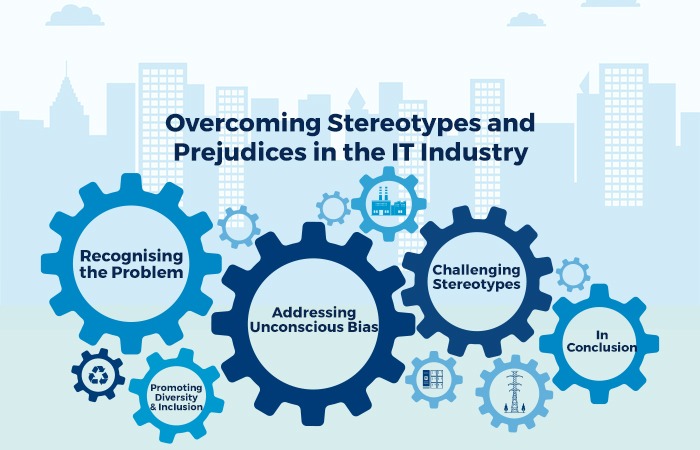A very important aspect of leadership role is to provide feedback to the team. As a part of the employee appraisal system, every manager is expected to provide feedback to the team members.
One of the most important qualities of a good leader or manager is the ability to provide Constructive Feedback.
Providing constructive feedback is a great management skill. There are many advantages that come with providing constructive feedback.
- Providing timely feedback helps improve employee performance and keeps them motivated.
- It is a zero-cost tool to improve employee engagement.
- It helps in keeping employees on a growth path.
- It improves employee retention.
- It helps build the employee brand value.
Here are some tips to help you provide constructive feedback.
- Time is important
It is important to provide feedback at the right time. Usually, annual appraisal is used as an opportunity to provide feedback. But you do not need to wait for the end of the year to provide constructive feedback. Provide inputs about their work as and when possible. Feedback, when provided immediately after an event or an issue is most effective. The person receiving the feedback has the issue fresh in memory to understand and respond.
However, it is also a good idea to not give your feedback when you are angry or upset. Allow yourself some time to cool before you discuss the issue so that you can have an objective discussion.
- Be specific
For the feedback to be effective, it is critical to stick to the issue or the area of improvement. Do not mix issues or unrelated incidents from the past. Stick to the issue or the behaviour. Provide examples, facts, statistics or performance matrix to support your arguments regarding the issue at hand.
- Don’t get personal
It is important to address the issue or the behaviour when providing negative feedback and not the person. Do not let your personal likes and dislikes affect your feedback. Ensure that your personal preferences do not cloud your judgement. Your purpose of your feedback should be to bring about improvements leading to better performance at work. Keep it authentic and refrain from attacking the character of the person.
- Recognise the positives
While it is important to provide inputs on the areas of improvement and the negative behaviour, it is equally important to point out the positives whenever applicable. When you only point out the negatives, it leads to low self esteem and demotivation, creating bad work environment. Focus on the positive behaviour that you want reproduced and replicated by the team members.
- Provide suggestions
As a leader, you are expected to be a mentor and guide. It is hence your job to not just provide feedback but also suggestions on how they can make improvements. For eg. if an employee is always behind schedule on his/her deliverables, suggest using time management tools. Providing help and suggestions shows that you are committed to the employee’s career growth and it helps them become more accountable.
- Two-way communication
Let the feedback session be a two-way communication where the employee also gets a chance to present their side of the story. Encourage them to share their fears and inhibitions. Listen patiently. Help them take accountability and responsibility to work on their areas of improvement.
Create a comfortable atmosphere where the employees can take the criticism constructively and work on it objectively.
- Lead by example
Last, but not the least, as a leader, you should lead by example. When you provide feedback, be open to receive feedback from them. To create an open and transparent work culture, it is a good starting point to ask for feedback from the team members and work on your areas of improvement. When you value their feedback, you are creating a sense of trust and belonging in the team.
Master the art of providing constructive feedback at work with these 7 tips. It is an easy and cost-effective way to motivate and engage your team.













